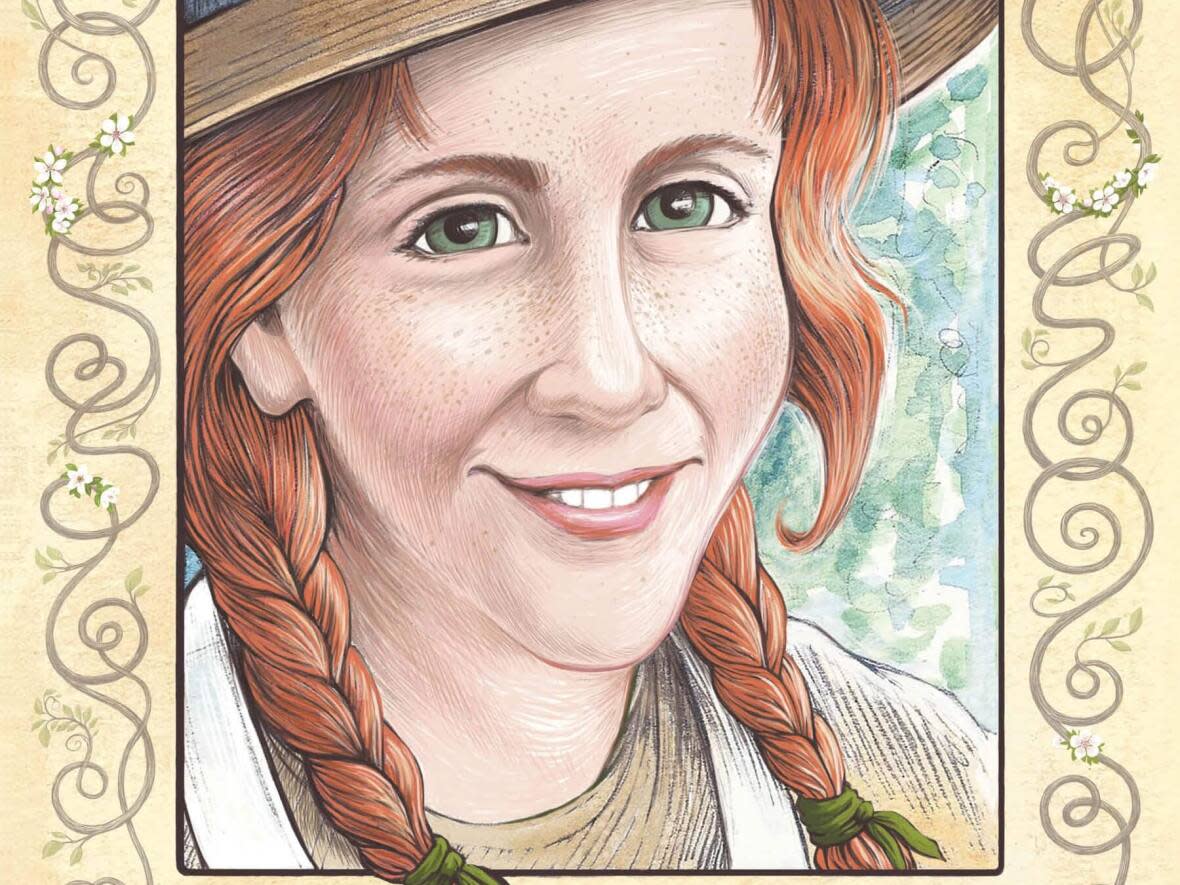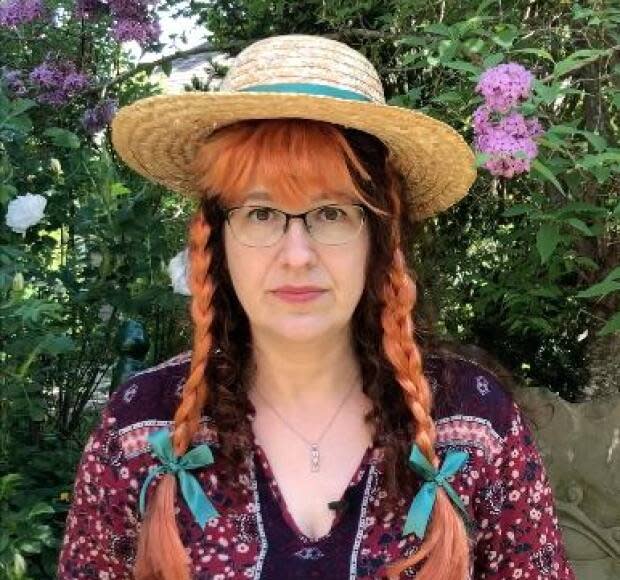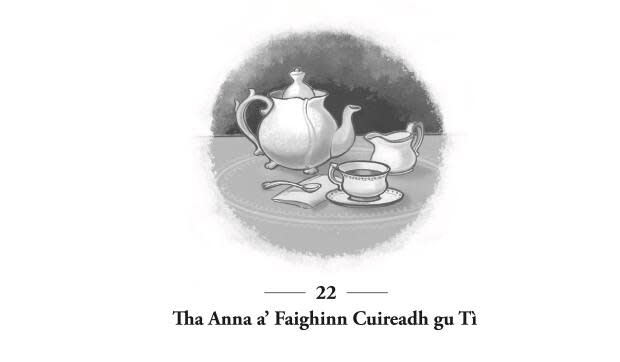Anne goes Gaelic: New translation revitalizes Island classic

A Halifax publisher has released a Gaelic translation of Anne of Green Gables, bringing the much loved book into a language many Prince Edward Islanders spoke generations ago.
It's been published in more than 30 languages, but never Gaelic — one of the traditional languages of P.E.I.
"Some people would say that it's a foreign language translation, but I would actually say it's a Canadian language translation," said Emily McEwan, the founder of Bradan Press, a company that specializes in Gaelic publications.
The book is called Anna Ruadh which means "Red-haired Anne," in Gaelic.
"It's kind of like coming full circle because Gaelic was like a heritage language for L.M. Montgomery and her family," she said.

Montgomery married Ewan MacDonald, a native Gaelic speaker, in 1911.
McEwan worked alongside a Gaelic translator for years, researching the language, even inventing words that hadn't before existed in Gaelic.
"She did a lot of research into the flowers and plants, you know, because a few didn't have names in Scottish Gaelic because they're native to North America."
'A cast of thousands'
McEwan and the translator used the current Gaelic dictionary, but also looked into older editions and Latin dictionaries in the creation of new words, she said.
The original English version of the book has over 100,000 words. McEwan said the Gaelic translation added about 20,000 more.
The idea for the translation came from a bookstore owner in Halifax who told McEwan she should go for it.

"That kind of planted the seed," McEwan said.
She financed the book through grants and crowd-funded $17,000 from donors around the world.
"It's been a cast of thousands and several years, but it all goes back to that special day."
Deep roots in Atlantic Canada
Shamus MacDonald, an assistant professor of Celtic studies at St. Francis Xavier University, started speaking Gaelic as a university student and said the release of new Gaelic literature helps revitalize the language.
"Its an uplifting feeling when you see a book published in this language because you know that there are people out there that are interested," MacDonald said.
"There's also a sense that there's a community of readers, people who are going to look at this book, read it, enjoy it."
Gaelic came to the shores of Atlantic Canada around 1770. The next year, a large group of Gaelic speakers from Scotland arrived on P.E.I. — known as the Glenaladale settlers, MacDonald said.

Over time, a push to educate children in English slowly extinguished the Gaelic language in Atlantic Canada, he said.
"You have many stories of people who had very little if any English and they arrive at the school house and everything is in English."
An idea crept in over time that Gaelic was the language of rural areas and people who were not educated, he said, the same thing that kills minority languages all around the world.
Many of the last native Gaelic speakers in Canada have died over the last 25 years, MacDonald said, but the numbers aren't all going down.
There are a few thousand people learning the language around Atlantic Canada.
And, he said, there's a community of Gaelic speakers around the world who find great enjoyment in learning the language.
"You don't have to be a MacDonald or a Campbell or a MacIsaac," he said.
"Many of us have found it very rewarding."


